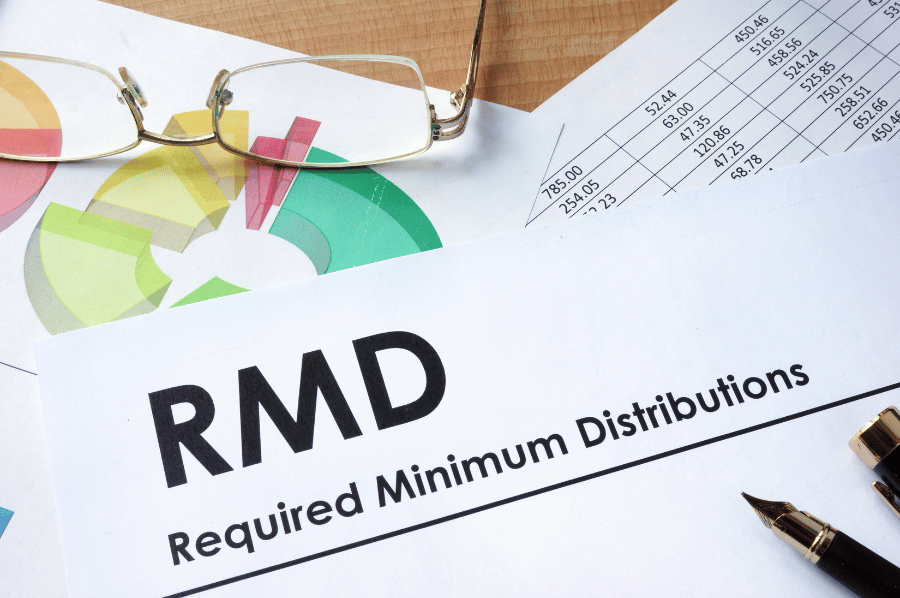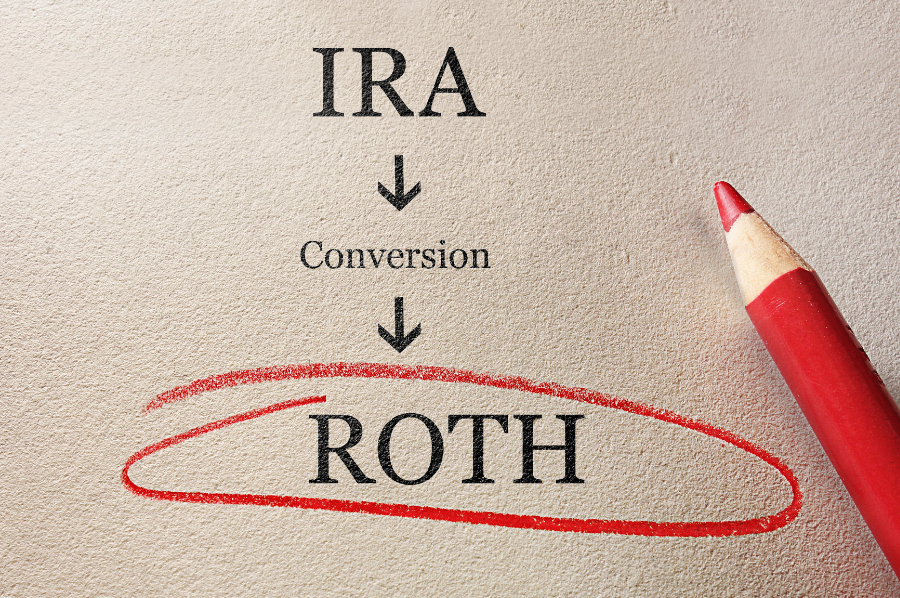


March 10, 2023
The SECURE Act 2.0, signed into law in December 2022, significantly changes retirement plans and tax code provisions. While keeping track of all the updates can be challenging, retirees need to understand how these changes can impact their financial future. This post will provide an analysis of the fundamental changes in the SECURE Act 2.0 and how they affect individual retirees.

One of the most significant changes brought by the SECURE Act 2.0 is the increase in the age for required minimum distributions (RMDs). Under the old rules, individuals with traditional Individual Retirement Accounts (IRAs) had to start taking RMDs at age 70 1/2. However, the SECURE Act 2.0 pushes the age for RMDs to
This change offers flexibility to retirees who may want to delay their distributions to reduce their tax bills.
Under the old rules, surviving spouses had to use their age to calculate RMDs, even if they inherited their deceased spouse's IRA or another retirement account. This could result in higher RMDs and more fees for the surviving spouse if they were younger than their deceased spouse.
With the new SECURE Act 2.0 rules, surviving spouse beneficiaries can use their deceased spouse's age to calculate their RMDs, potentially resulting in lower RMDs and taxes. This change is effective for distributions made after the specified date and only applies to surviving spouses.
It is important to note that this change only applies to RMDs and no other aspects of inherited IRAs, such as the 10-year distribution rule. The 10-year rule applies to most non-spouse beneficiaries, including children and grandchildren.
In summary, surviving spouse beneficiaries now have the option to use their deceased spouse's age to calculate RMDs, potentially resulting in lower RMDs and taxes. However, consulting with a financial advisor to determine the best strategy for your situation is essential.
The limitation on transferring funds from a 529 college savings plan to a Roth IRA is a new change introduced by the SECURE Act 2.0.
Starting in 2024, those who are beneficiaries of a 529 college savings account may rollover a 529 plan that they have maintained to a Roth IRA. In order to do this, however, there are some rules that apply. The 529 plan has to have been established for at least 15 years, and the Roth IRA must be in the name of the beneficiary.
The lifetime amount that can be transferred is $35,000, and it is subject to annual contribution limits.
The SECURE Act 2.0 also brings some Roth-related adjustments, including catch-up contributions. Retirees 50 years or older can make catch-up contributions to their Roth IRAs, which can help them save more for retirement. However, the catch-up contribution to a Roth can only be made if an employee makes under $145,000 a year.
The SECURE Act 2.0 introduces changes in charitable distributions, which can impact individual retirees. Under the new rules, individuals can make annual tax-free distributions of up to $100,000 from their IRAs to eligible charities. This change can benefit those who want to donate to charity while reducing their tax bills.
The SECURE Act 2.0 reduces the penalty for missing RMDs. Under the old rules, the liability for missing an RMD was 50% of the amount that should have been distributed. However, under the new regulations, the sentence has been reduced to 25% of the amount that should have been distributed but wasn't. The penalty can be further reduced to 10% if the IRA owner makes up the RMD promptly.

Consulting with a financial advisor is essential because they can help retirees navigate the complex rules and regulations of the SECURE Act 2.0. Retirees can benefit from working with an advisor who is knowledgeable about the new legislation and can help them make informed decisions that align with their financial goals and circumstances.
Financial advisors can help retirees understand the new rules surrounding RMDs, identify potential tax implications, and suggest strategies to minimize taxes and maximize retirement income. For example, they can advise retirees on the best time to get their RMDs, how to optimize charitable distributions, and whether Roth conversions make sense for their situation.
Overall, the SECURE Act 2.0 is a significant piece of legislation that impacts retirees in many ways. To make the most of the new rules and minimize any negative impacts, working with a financial advisor who can help retirees navigate these changes and ensure their retirement plan is aligned with their financial goals is crucial.
Written By: Heritage Financial Planning Team

Planning for your retirement is an intricate journey, one that involves understanding various components that make up your financial landscape. Among these elements, Required Minimum Distributions...
Read More
If you're self-employed, then you already know that you're on your own when it comes to the benefits enjoyed by those employed by a company. Between getting a business off the ground and dealing with...
Read More
Saving for your financial future is one of the most important responsibilities that you have. To ensure that you are able to reach your long-term financial goals, there are several tax-advantaged...
Read More
10440 N Central Expressway
Suite 1540
Dallas, TX 75231
214-446-2100
Site Links